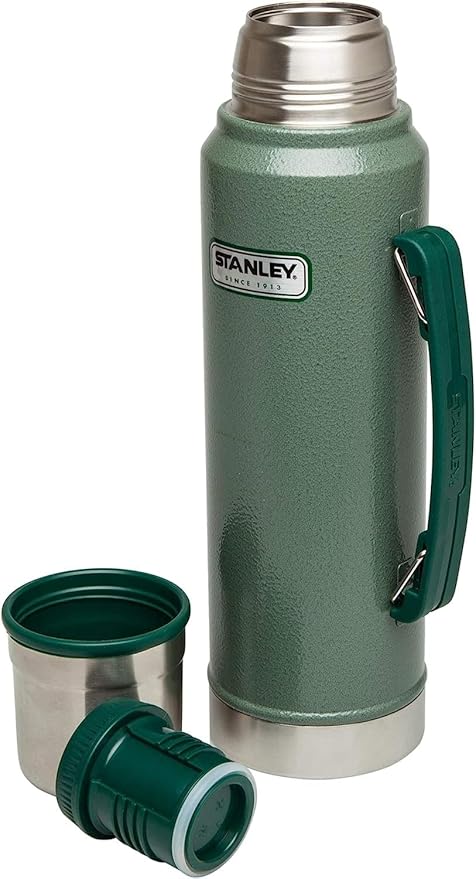Choosing the Right Thermos Cup: A Comprehensive Guide
Thermos cups are increasingly becoming popular for their convenience and functionality. However, with the vast array of options available, many people are uncertain about which one to choose. This article aims to provide clarity on selecting the best thermos cup, focusing on materials, design, and functionality.
How to Choose a Thermos Cup?
The market offers a wide variety of vacuum flasks, with prices ranging significantly. The saying “you get what you pay for” often holds true, but it’s important to note that some lesser-known brands may offer high prices without matching quality. This can mislead consumers, leading to dissatisfaction despite spending a substantial amount. To select a thermos cup with excellent insulation, it’s crucial to consider the appearance, material, and performance of the cup.
Appearance Recognition
When choosing a thermos cup, inspect the surface of the inner and outer tanks. Look for uniform polishing, and avoid cups with bumps or scratches. The inner tank’s depth should align with the shell’s height, and the capacity should match the stated volume. Be cautious of cups that seem excessively heavy, as some manufacturers use fillers like sand or cement to increase weight. Also, check the welding of the mouth; it should be smooth and consistent, ensuring a comfortable drinking experience.
Plastic Material
The type of plastic used in a thermos cup significantly impacts its durability and the safety of the water you drink. Food-grade new plastics are preferred as they have minimal odor, a smooth surface, and a longer lifespan. In contrast, ordinary or recycled plastics often have strong odors, rough surfaces, and are prone to aging and breaking.
Sealing Performance
A good thermos cup should have a tight internal seal. The screw plug and cup body should fit well, allowing the lid to screw in and out easily without leaking. To test, fill the cup with warm water, tighten the lid, and place it upside down for several minutes or shake it vigorously. If there is no leakage, the cup has a good seal.
Insulation Performance
Insulation performance is a key factor in a thermos cup’s effectiveness. To check this, fill the cup with hot water and wait a few minutes. If the lower part of the cup body heats up quickly, it may not be well insulated. A well-insulated cup will remain cool on the outside even with hot contents inside.
Best Materials for Thermos Cups
The choice of material for a thermos cup liner affects its safety and effectiveness. Common materials include glass, stainless steel, ceramic, and plastic, each with its own pros and cons.
Ceramic Insulation Cups
Ceramic cups are safe and do not release harmful substances like some plastics. They are also less likely to retain metallic flavors compared to metal cups. However, ceramics can be fragile and may not be as durable as other materials.
Stainless Steel Vacuum Flasks
Food-grade 304 stainless steel is commonly used for thermos cups due to its durability and safety. Stainless steel can keep drinks hot or cold for extended periods. However, it’s not ideal for tea or coffee, as prolonged contact with hot water can lead to leaching of metal ions and affect the taste.
Purple Sand Thermal Mugs
Purple sand thermal mugs are known for their unique ability to brew tea while retaining its aroma and taste. They are durable, maintain heat well, and are aesthetically pleasing. The minerals in the purple sand are believed to have health benefits, making these mugs a popular choice for tea enthusiasts.
Glass Thermal Mugs
Glass thermos mugs are non-toxic and easy to clean, making them a safe option. However, they are fragile and prone to breakage, making them less suitable for travel or rough handling.
Plastic Thermos Cups
Plastic thermos cups are generally less effective at insulation compared to other materials and are more suitable for short-term use. They are not ideal for maintaining temperature in colder environments or for long periods.
Conclusion
Choosing the right thermos cup depends on your specific needs, including the type of drink you plan to carry, the desired insulation time, and the material preference. Whether you prioritize safety, durability, or taste, understanding these factors will help you make an informed decision.

